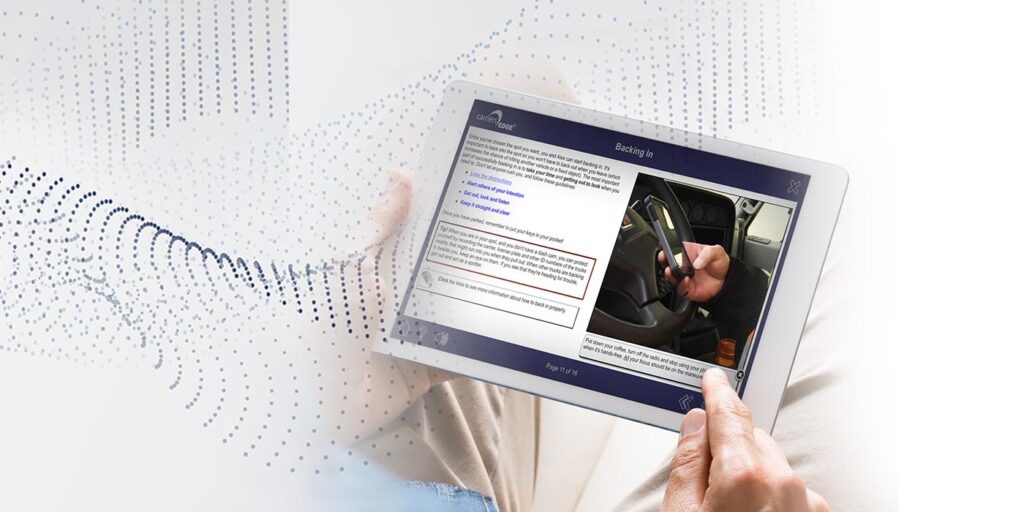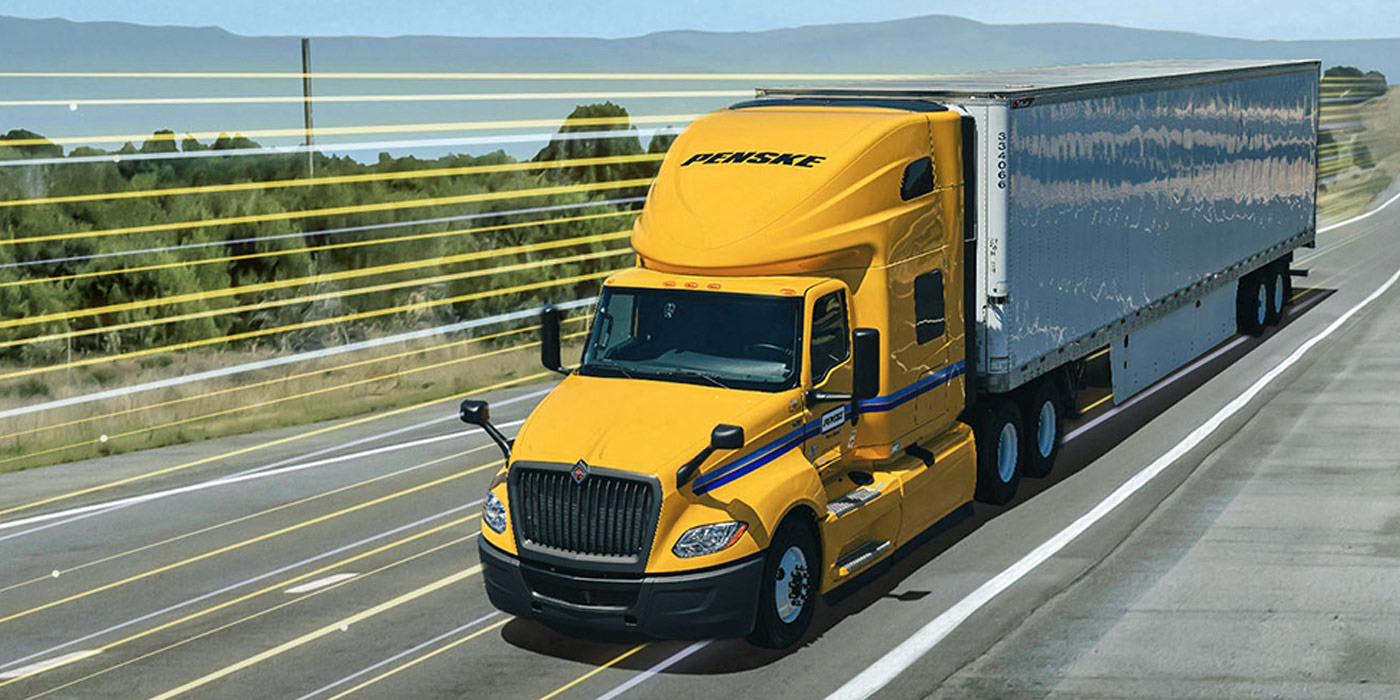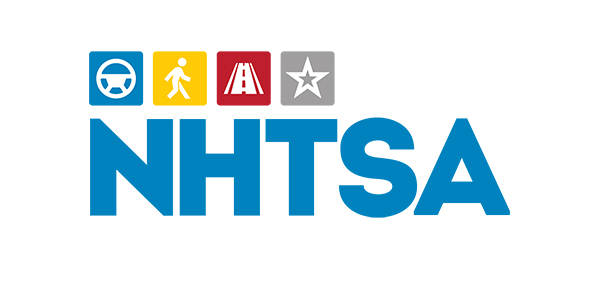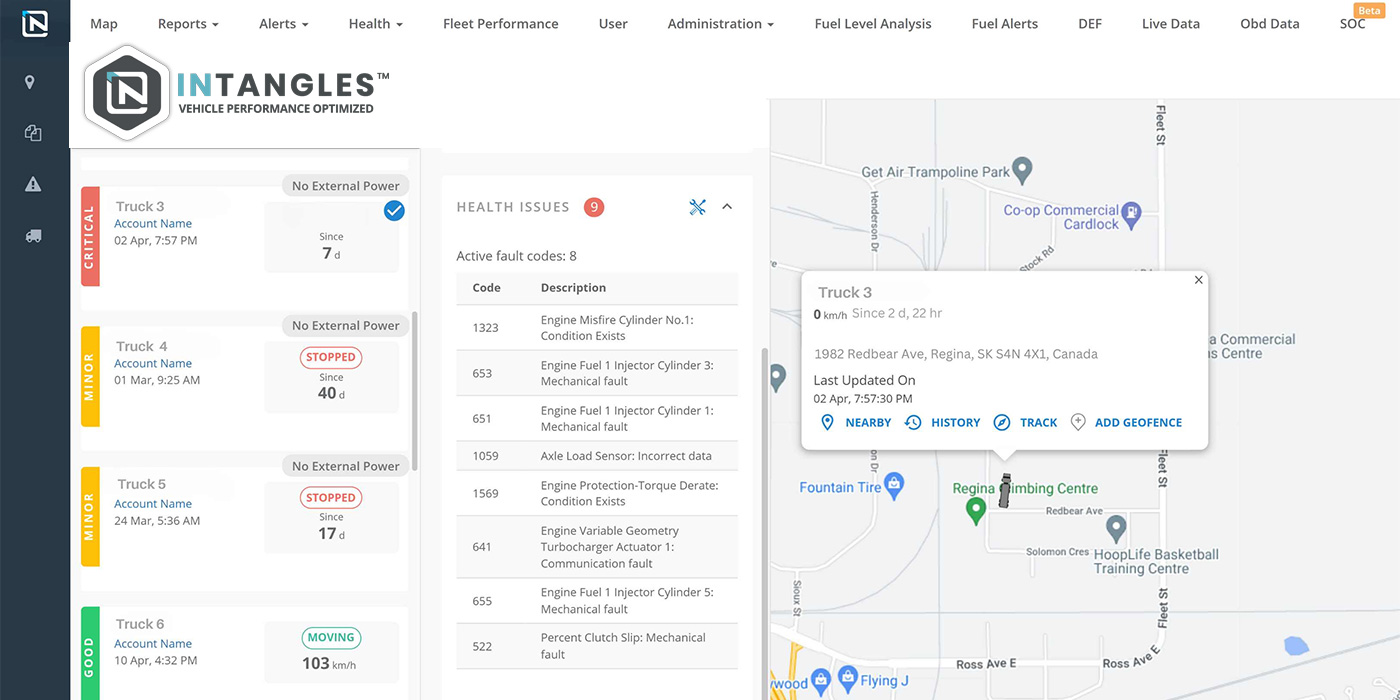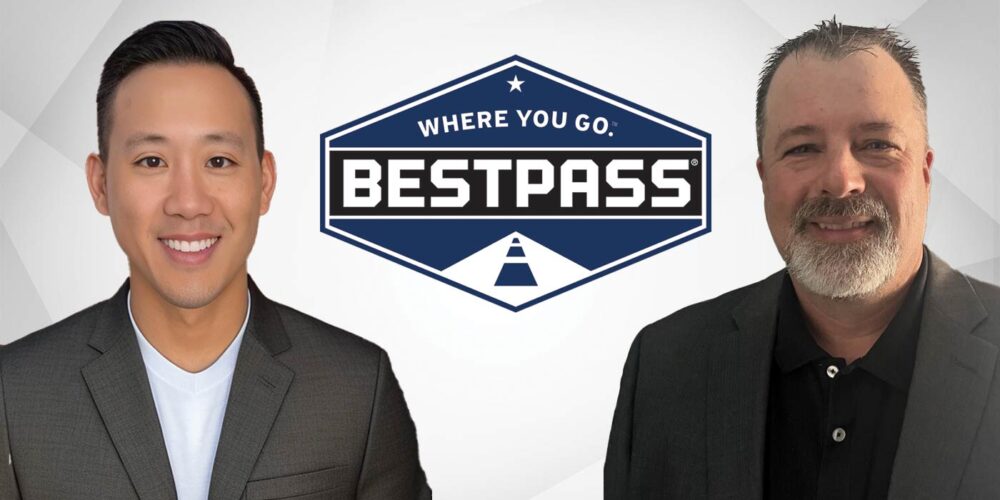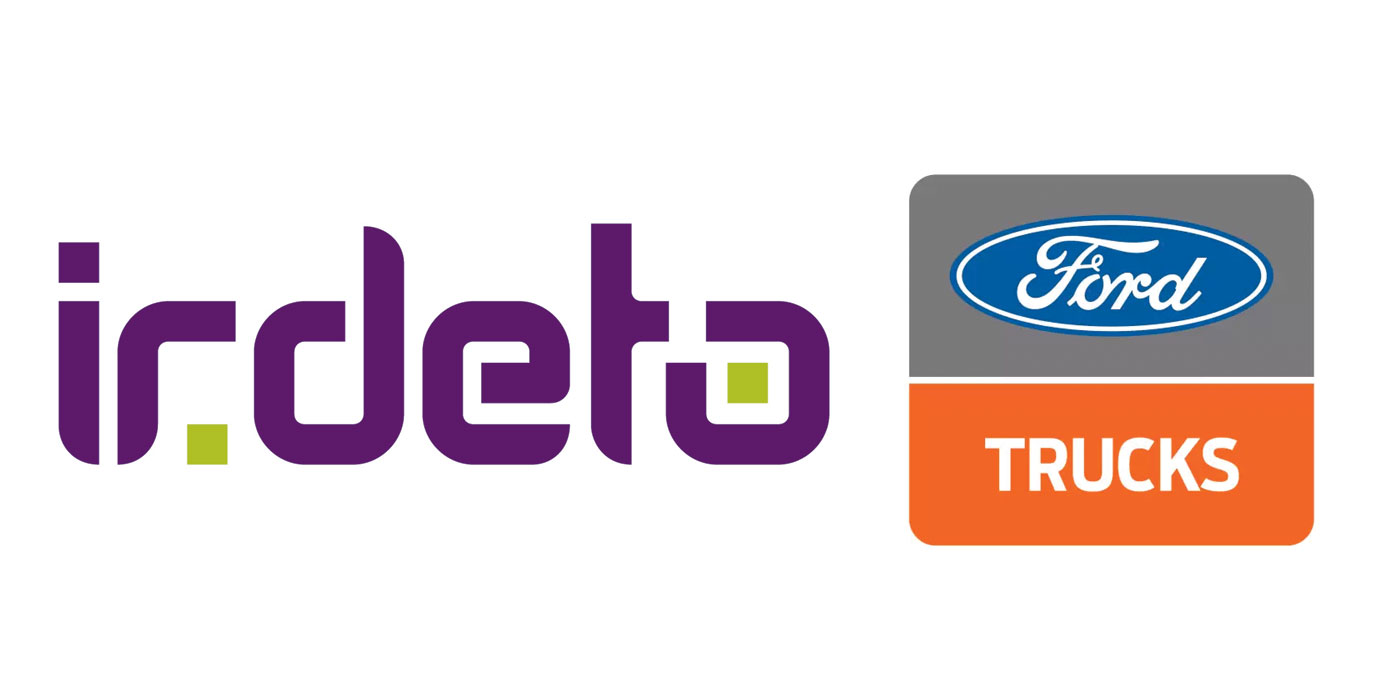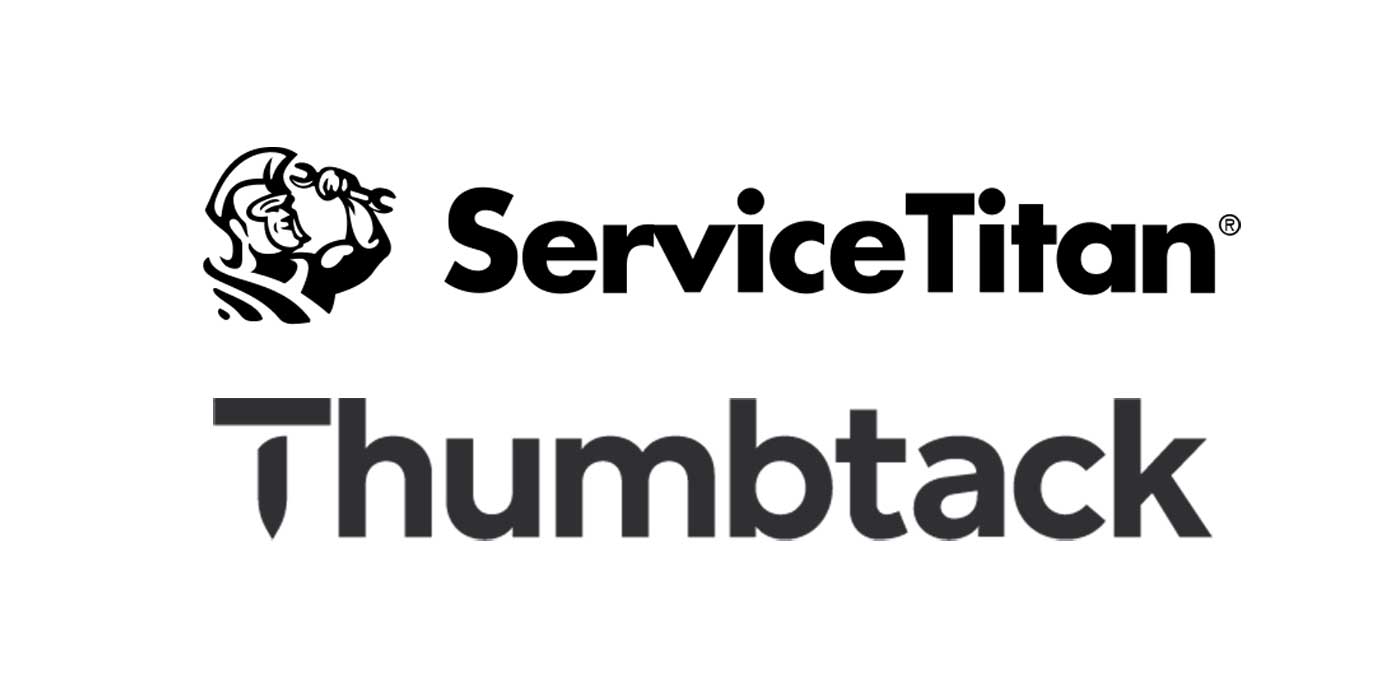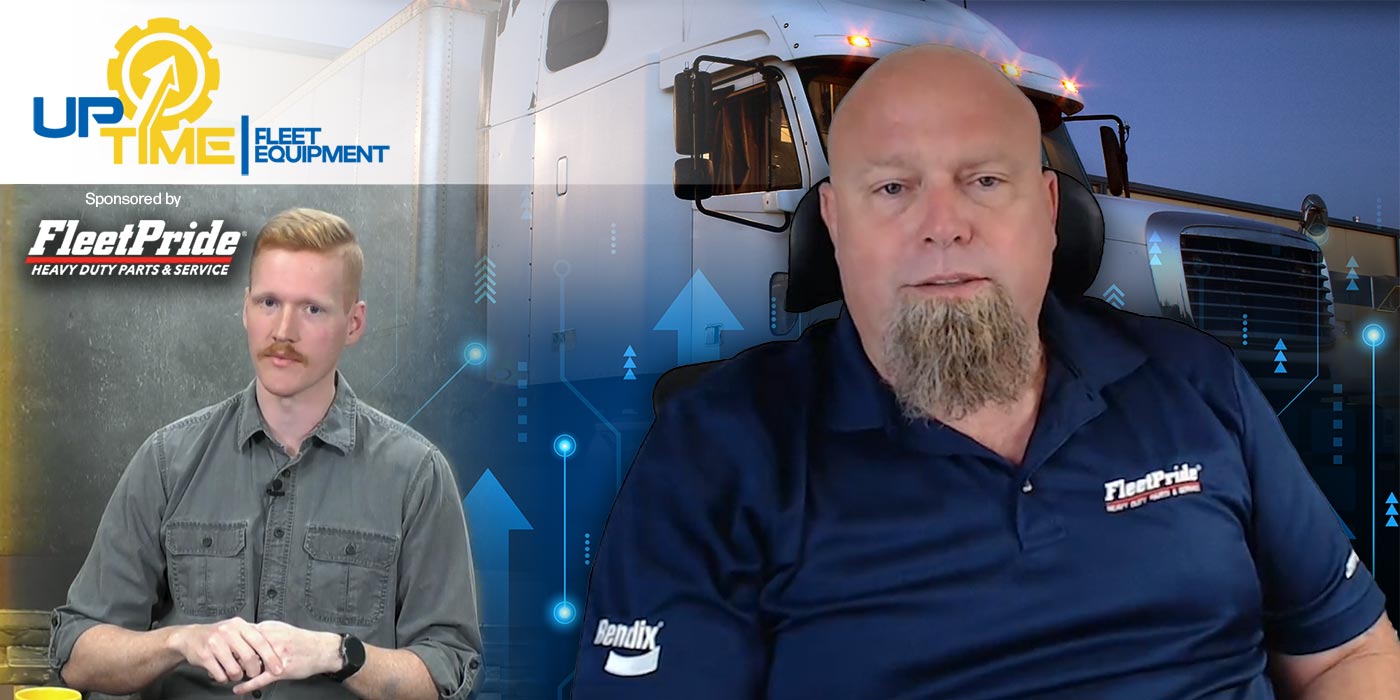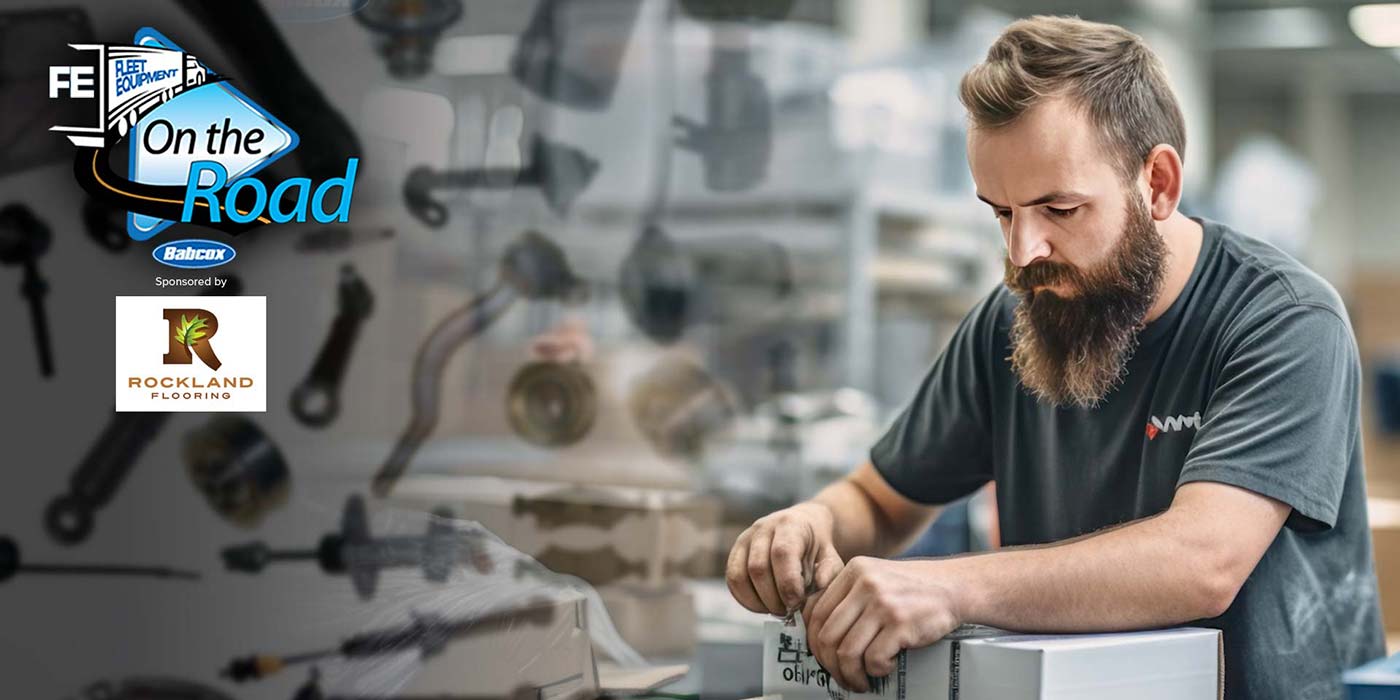The Seattle Seahawks’ All-Pro quarterback Russell Wilson has a saying: “Separation is in the preparation.” When game planning, Wilson is hard to beat, and his record as a top quarterback is a testament. His oft-quoted “preparation” line can be easily translated into business speak. It means when rolling out new technology or a new program, well-conceived prep work can mean the difference between success and failure.
It’s why we always encourage our clients to have stepping stones in place to ensure a successful implementation. While we provide online training for drivers, the steps we recommend are relevant to any new technology launch – everything from dashcams down to HR automation. So, if you’re looking to onboard technology to a group of drivers, consider these six steps:
Start with a pilot group
If there are a lot of people at the company, and a large driver base, it’s easier to initiate a priority-based staged rollout. Determine a base number. Start with a small group (with an upper limit of between 150 and 200 drivers for large fleets) for the first stage. This way, any technical hiccups and bugs can be easily addressed without getting overwhelmed by requests.
We recommend identifying a logical pairing for the pilot group and once rolled out, observing their interaction with the program through metrics and data.
Where and how to access?
Once your pilot group is identified, conduct a survey and create a tech profile, which covers both what is available with the drivers and what’s available at the company. Then, create an online list of where and how access will be provided for the program. Establish a directory of where drivers are accessing from: home, terminal, on the road, or a designated location. Create a list for devices used by the drivers, and a list of members who need company-provided devices. Simplify the login process with combinations of employee numbers, unit numbers, and satellite codes to create usernames that are easy to remember.
What to communicate?
After validation – when the pilot group and management are both comfortable with the process – you’re ready to expand to other drivers in the company. Create a plan to communicate information that drivers will need to feel comfortable about the program. Ensuring drivers are on board and supported makes a big difference in a rollout. It’s important that drivers don’t perceive the program as a chore or punishment. Position the new program as an investment in professional development, and as a benefit that helps them do their job better.
The second part of the communication plan is to identify early adopters, especially senior drivers who command trust and have them speak with those who are struggling with the change or the technology.
When we put the pieces together, a clear message emerges for the drivers when we discuss online training: We are implementing a remote program to provide quality regulatory and best practices training which will help drivers learn something they haven’t had much time to learn before, without sacrificing miles or weekends, and we are going to make sure everybody has access.
Build Confidence; Start Slowly
Communication, however positive, is ineffective if people are overwhelmed by too much information and too much work at the start of the program. The goal is to start slowly and build confidence and trust that the new program is worthwhile and easy to navigate. It’s very true in online training. We encourage safety managers to stay away from assigning a lot of courses and short deadlines to complete them. It’s best to start with the simplest courses to get people accustomed to the interface and add refresher courses to reintroduce concepts.
It’s important to recognize that in the first quarter of a rollout, the objective isn’t all about improving the safety record or in reducing service violations. Before proving positive returns on investment, it’s better to understand how the program works within the company and get everybody used to it. This way, from the second quarter on, you know what happens when you assign specific courses, where the challenges are, what common questions come up, and what people do after they complete the program.
It’s also vital to track time spent on each course, individually and in groups, and what variables are creating differences between the estimated completion time and the actual time. Are you giving too much time or not enough time? The data answers the question. Based on a detailed analysis, you can determine who needs what, and when.
How can we turn this into a habit?
The goal for the first six to 12 months should be to turn this new learning method into a habit by repeating messaging that highlights career benefits. You can create additional interest by offering incentives for detailed feedback and constructive criticism about the program. Then you can make improvements accordingly, which will benefit everyone down the road.
Monitoring learning
The easiest way to evaluate what the drivers are learning, apart from the test results, is to include managers as part of the training program on a more personal level. Not only does it eliminate the need for micromanaging, but it also improves manager-driver communication, and helps managers stay up-to-date with all the regulations and day-to-day requirements of drivers.
Regular, normal conversations surrounding the content can benefit the company because when people have organic discussions around the subject matter they like, they learn better, and it becomes part of how they view and do things.
It also benefits the administrators because they can start seeing which managers are staying on top of training, which ones are making sure their drivers are doing everything, and which ones are lagging. The data collected helps improve the safety program of the company, from management to drivers. Just like data from intuitive hardware has helped make strides in safety in an industry where there hasn’t been enough data traditionally, collecting data from training software helps decide where to focus time to improve the overall risk profile for the business by providing courses that prevent accidents rather than react as an afterthought.
The takeaways
- Start with a manageable pilot program.
- Make sure everyone has access to the required hardware and software.
- Create a communication plan with emphasis on highlighting benefits of the program.
- Start with simple courses that help people get used to the new normal.
- Repeat messaging and use feedback to turn program usage into a habit.
- Involve managers and supervisors in the adoption process and foster organic discussions around the issues discussed.
Mark Murrell is the co-owner of CarriersEdge. Visit the CarriersEdge website for more info.

